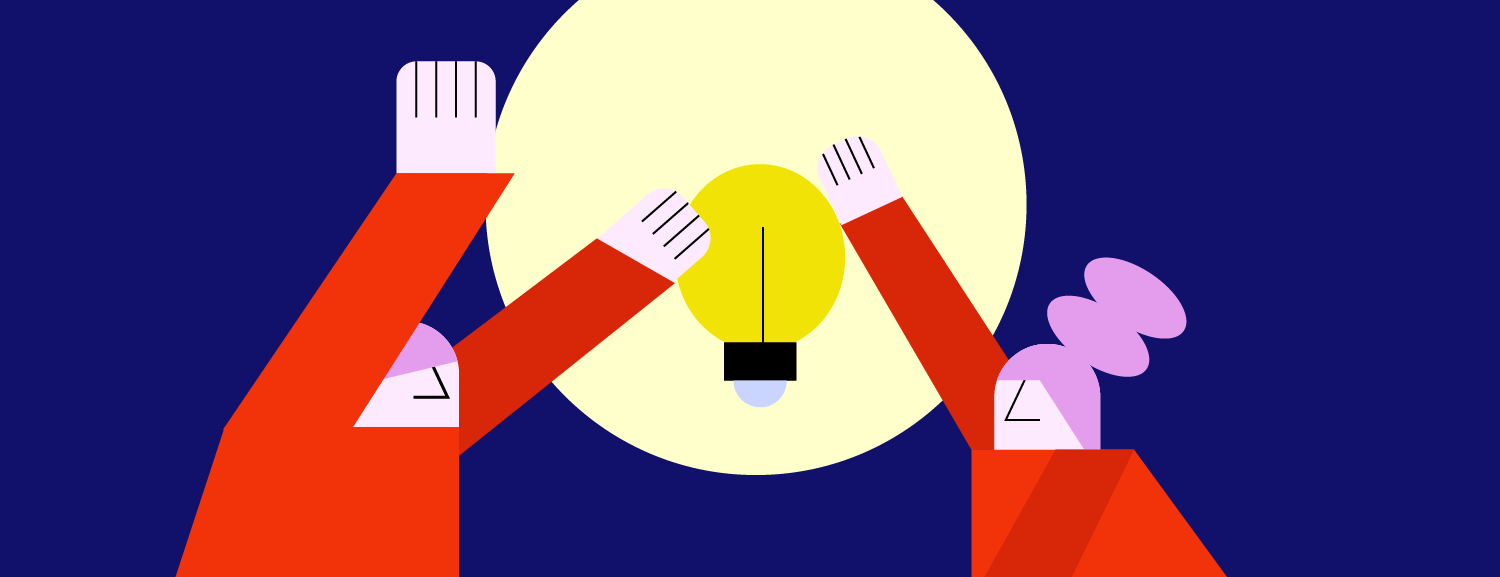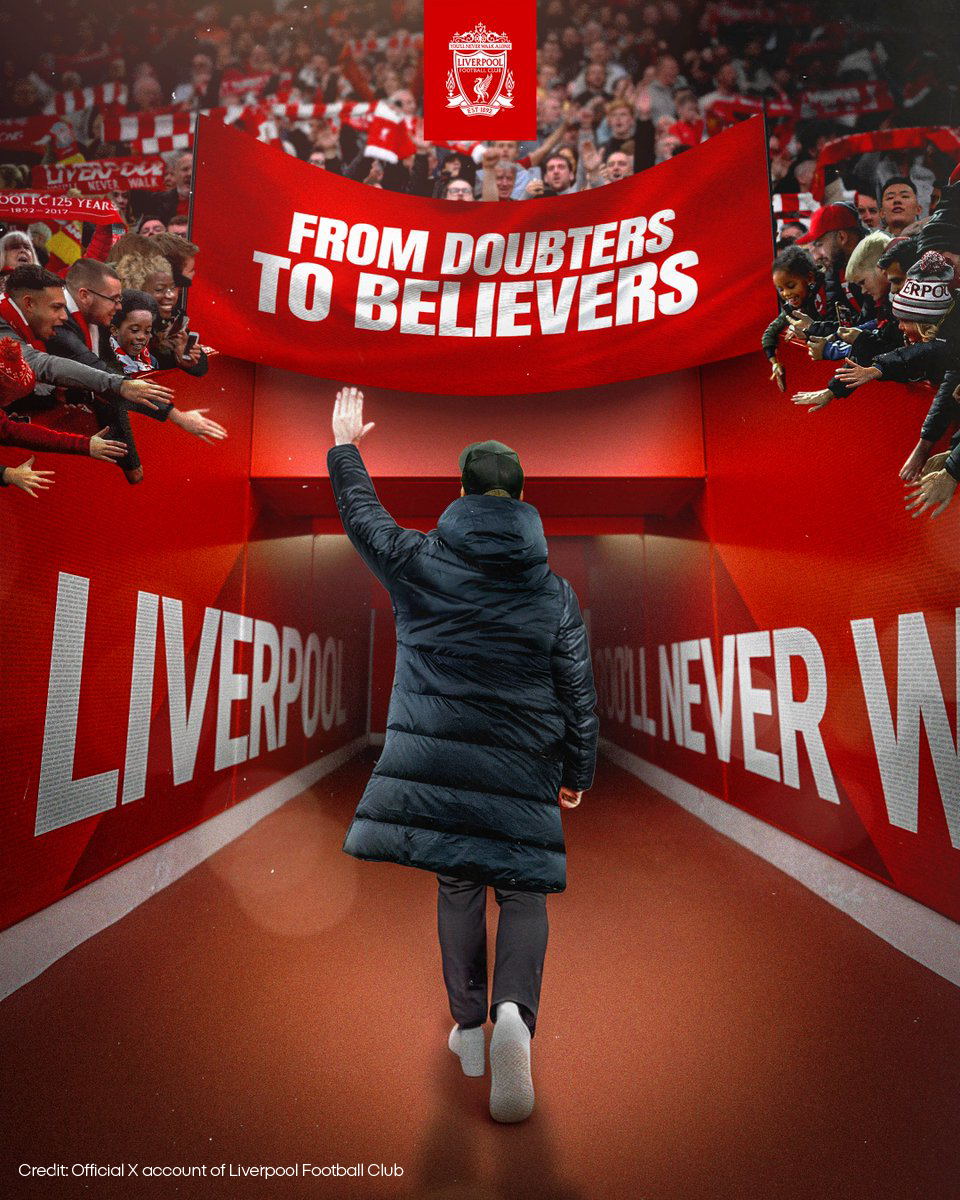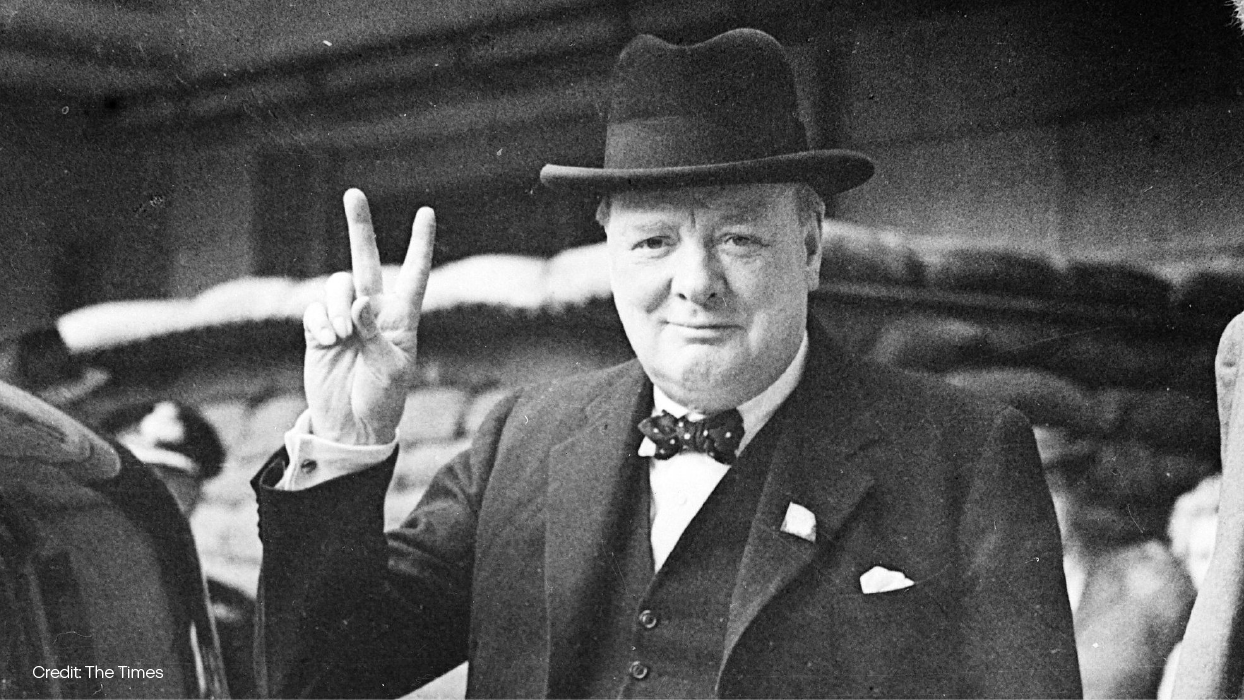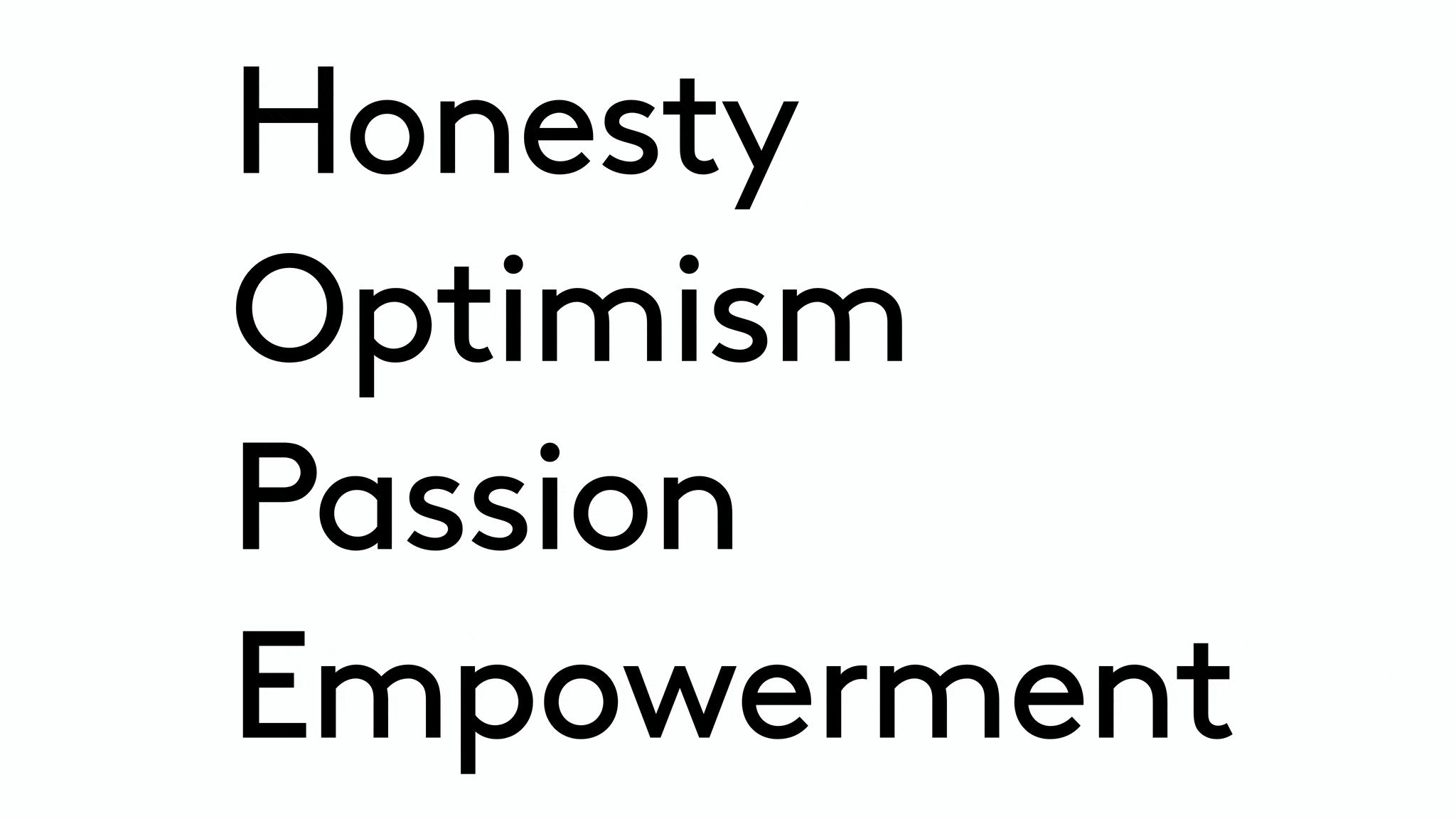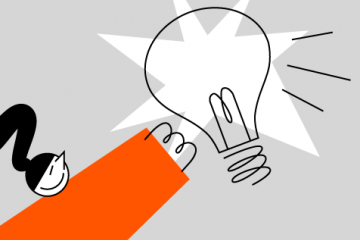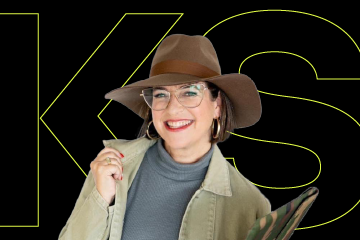Building Blocks of Hope
Looking at Klopp’s grand impact on Liverpool, we can uncover the cornerstones of hope:
It begins with optimism. Klopp spoke about the desired place for Liverpool in his first press conference. Optimism has to go hand in hand with honesty. Klopp didn’t promise winning the championship in a year, nor two. He did speak of the challenges competing against giants, and set his championship goal 4 years ahead. Honestly is crucial – it makes a world of difference between empty overpromising, to setting realistic goals, difficult and challenging as they may be. Honesty creates credibility, which evokes trust in the process.
The third cornerstone is passion. Klopp defined himself as a heavy metal kind of guy, and if anyone who’s ever seen him rocking on the sidelines, pushing players to do better, gets it immediately. Passion boosts energy and harneses people even to the most difficult processes.
The fourth cornerstone, is empowerment. When he signed his contract with Liverpool, Klopp was already known as one of the two best football coaches in the world. He could have asked for any amount of money, and he would have gotten it, too – but he didn’t ask for more than he had already made: he did ask for 2 million pounds to be divided between his team of coaches, and demanded for them to appear in every official club photoshoot. This is how you empower others: you make them partners, because there is not hope in going it alone.
These cornerstones can build hope in different ways, not without a fifth, very important aspect: creativity. Klopp’s creativity shines through coaching, method and connections with the audience, palyres and press.
According to Snyder’s Hope Theory, hope is a survival mechanism that a person (or an organization) cannot prosper without. The hope Klopp had brought to Liverpool not only earned the club 8 big wins in 9 years, including a historical championship after a 30 year drought, and winning the championship league – it also boosted club value from 1.2 to 3.9 billion pounds.
Klopp wasn’t the only one building hope from these cornerstones.

